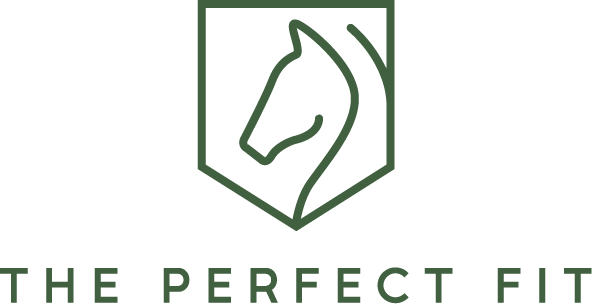How To Template Your Horse
You simply take 3 simple templates in key areas on your horse's back- every month and use the kit to compare your findings. Once you have identified a change in shape, you can take action by sharing your templates with your Saddle Fitter.
If you take your horse's back templates regularly, and recognise the horse has changed shape, you can easily prevent pain, discomfort or injury (not to mention all the expense that goes with it) long before your horse has to compensate.
REMEMBER! Share your findings with your saddle fitter.
Your fitter will be able to advise you on the next course of action. Changes in shape do not always mean a new saddle - it could be that a simple flocking adjustment is all that is needed.
See how easy it is to start templating
3 KEY TRACINGS
-

WITHERS
Feel 3 fingers behind the scapula, moulding the flexi curve vertically down on both sides. Make sure you mark the left & right sides.
-

CANTLE
Feel for your horse's last rib and follow it up to their spine, moulding the flexi curve vertically down on both sides. Make sure you mark the left and right sides.
-

TOPLINE
Mould the flexi curve along your horse's spine, including the withers. Pinch the flexi curve where you took your wither & T18 template, mark these reference points on your card.
USED & RECOMMENDED BY PROFESSIONALS

"The Perfect Fit Kit is a brilliant tool I like to use when I am rehabbing a client's horse. It allows clients to see how quickly horses develop and therefore change shape during the rehab process. This allows them to reach out to saddle fitters to adjust their saddles before they start having a detrimental affect on a horses back."
Laura Mundy
Certified Equine Therapist & Saddle Fitter



